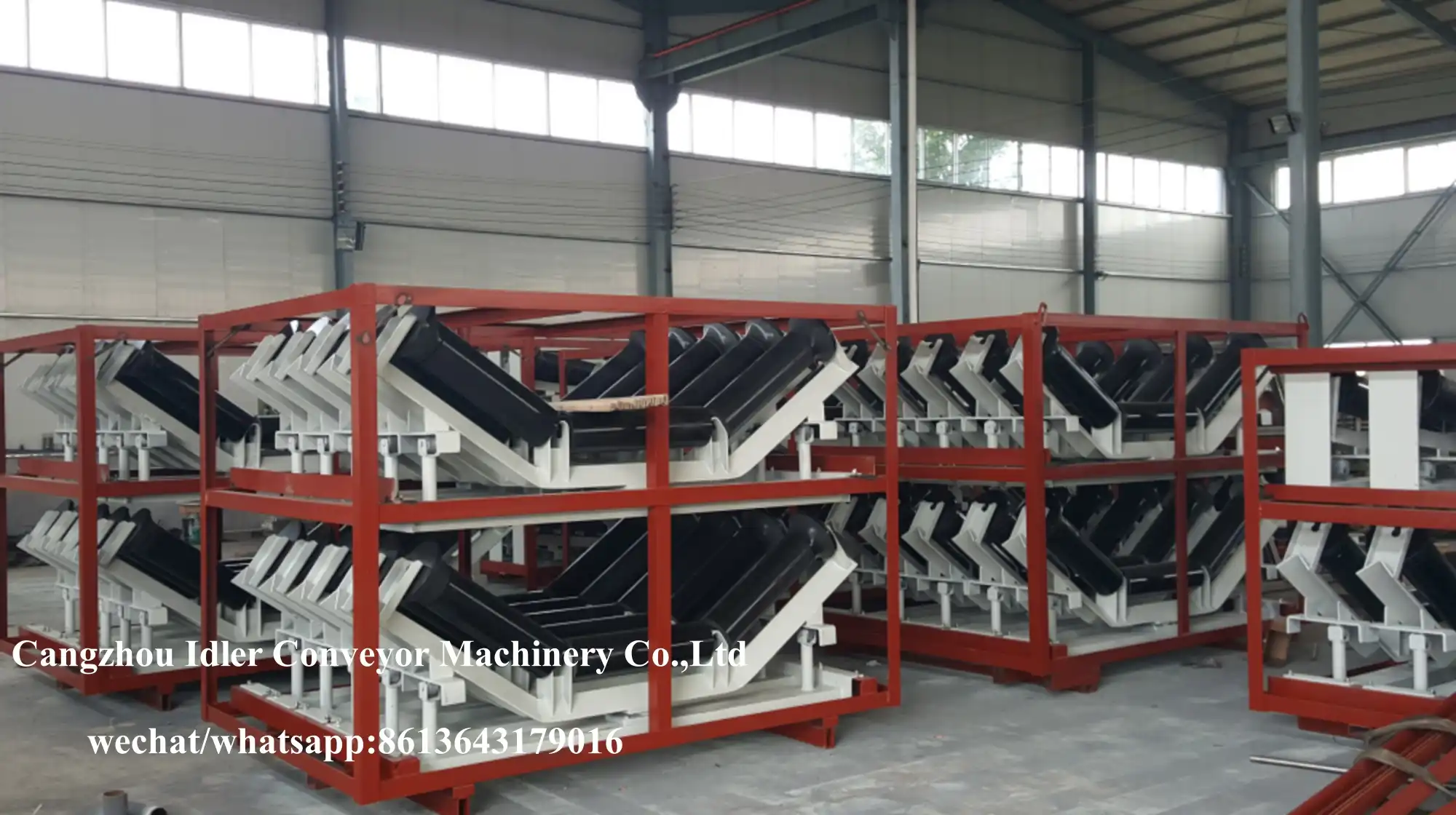- English
- French
- German
- Portuguese
- Spanish
- Russian
- Japanese
- Korean
- Arabic
- Greek
- German
- Turkish
- Italian
- Danish
- Romanian
- Indonesian
- Czech
- Afrikaans
- Swedish
- Polish
- Basque
- Catalan
- Esperanto
- Hindi
- Lao
- Albanian
- Amharic
- Armenian
- Azerbaijani
- Belarusian
- Bengali
- Bosnian
- Bulgarian
- Cebuano
- Chichewa
- Corsican
- Croatian
- Dutch
- Estonian
- Filipino
- Finnish
- Frisian
- Galician
- Georgian
- Gujarati
- Haitian
- Hausa
- Hawaiian
- Hebrew
- Hmong
- Hungarian
- Icelandic
- Igbo
- Javanese
- Kannada
- Kazakh
- Khmer
- Kurdish
- Kyrgyz
- Latin
- Latvian
- Lithuanian
- Luxembou..
- Macedonian
- Malagasy
- Malay
- Malayalam
- Maltese
- Maori
- Marathi
- Mongolian
- Burmese
- Nepali
- Norwegian
- Pashto
- Persian
- Punjabi
- Serbian
- Sesotho
- Sinhala
- Slovak
- Slovenian
- Somali
- Samoan
- Scots Gaelic
- Shona
- Sindhi
- Sundanese
- Swahili
- Tajik
- Tamil
- Telugu
- Thai
- Ukrainian
- Urdu
- Uzbek
- Vietnamese
- Welsh
- Xhosa
- Yiddish
- Yoruba
- Zulu
Friction Training Idler's Introduction ,Function and Profits
2024-05-28 15:17:18

Friction conveyor idlers, also known as friction rollers or training idlers, are components used in conveyor systems to enhance belt tracking and improve the overall efficiency and reliability of material handling operations. Here’s an overview of their introduction, function, and the benefits they offer:
Introduction
Friction conveyor idlers are designed to provide increased control over conveyor belt movement and alignment. They typically consist of a frame with mounted rollers that are free to rotate. Unlike traditional fixed idlers, friction idlers can rotate and pivot, applying corrective forces to the belt to maintain its central alignment on the conveyor. They are commonly used in various industries, including mining, construction, and manufacturing, to ensure smooth and efficient conveyor operation.
Function
1. Belt Tracking:
One of the primary functions of friction conveyor idlers is to maintain proper belt alignment. They exert a small, controllable amount of frictional force to guide the belt back to the center if it begins to drift off-track. This helps prevent belt misalignment and reduces the risk of material spillage or belt damage.
2. Reduced Belt Slippage:
Friction idlers increase the friction between the idler and the conveyor belt, reducing the chances of the belt slipping over the rollers. This supports consistent motion and more reliable conveying of materials.
3. Dynamic Adjustments:
Friction idlers can dynamically adjust the belt’s position in real time as they sense and respond to changes in belt alignment. This continuous adjustment helps to keep the system running smoothly without manual intervention.
4. Absorption of Impact and Shock Loads:
Friction idlers can absorb shocks and impacts caused by the load on the conveyor belt. This reduces the stress on the belt and other conveyor components, improving their longevity.
Profits
1. Improved Efficiency:
By maintaining proper belt alignment and reducing slippage, friction idlers contribute to smoother and more efficient conveyor operation. This leads to increased material handling speed and overall operational productivity.
2. Reduced Maintenance Costs:
Proper belt tracking minimizes wear and tear on the belt and the entire conveyor system. This results in fewer maintenance requirements and decreases the frequency of belt replacements and repairs, leading to cost savings.
3. Enhanced Safety:
Preventing belt misalignment reduces the risk of material spillage and potential system damage, which can pose safety hazards. Better belt control enhances the overall safety of the conveyor operation.
4. Extended Belt Life:
Consistent alignment reduces the wear on edges of the conveyor belt, prolonging its usable life. This decreases the long-term costs associated with belt procurement and replacement.
5. Minimized Downtime:
With fewer incidents of belt misalignment and maintenance needs, conveyors experience less downtime, thereby maintaining steady production rates and meeting output targets.
6. Lower Energy Consumption:
Friction idlers help maintain effective tension and alignment, reducing the energy needed to drive the conveyor system. This can lead to lower energy costs over time, especially in long or heavily loaded conveyors.
7. Versatility:
Friction idlers are adaptable to different types of conveyor systems and can be used in various industrial settings to handle a wide range of materials.
In summary, friction conveyor idlers provide significant operational benefits by optimizing belt tracking, reducing maintenance needs, extending belt life, and enhancing overall conveyor system efficiency. These advantages translate into cost savings, improved productivity, and safer operation.
YOU MAY LIKE